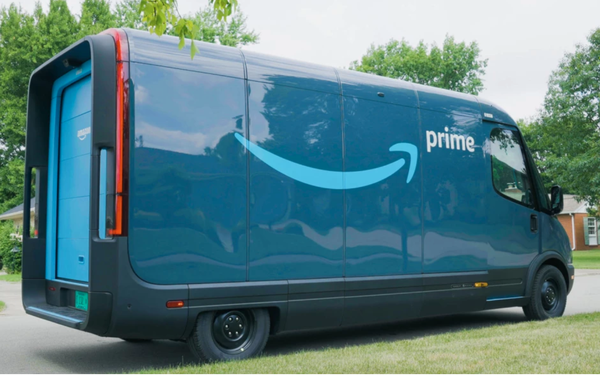
Companies have been focused on
purpose-driven marketing for almost a decade, sometimes at obsessive levels. And the last few years have seen many messages concentrating on sustainability and diversity.
But a new study from
GfK shows the purpose-driven message is not getting through to consumers. In the survey, 57% could not name a brand taking care of the environment. The same percentage couldn’t think of a brand
promoting diversity and inclusion. And 54% can’t name a brand giving back to the community.
Ouch.
GfK collaborated with Goodvertising Agency on the “When Purpose
Turned Beige” report. It is the latest wave of its ongoing Purpose Impact Monitor series.
Affluent consumers, defined as those earning $125,000 or more per year, are more likely to be
able to name a purpose-driven brand, as are Democrats.
advertisement
advertisement
Surprisingly, Gen Z -- often cited as the generation most likely to choose brands based on their social and environmental promises -- are
least likely to be able to name any cause-driven brands.
Among those who could come up with a name, Amazon and Walmart received the “overwhelming majority” of mentions, the report
says. Tesla was the only other brand to get more than 100 unaided mentions.
Amazon was the most-mentioned in all three issues. Under the environmental umbrella, Tesla, Walmart and Apple
followed. For diversity, Walmart, Target and Google followed. And for the community, Walmart, Target and Apple came next.
In a separate component, researchers prompted participants with brand
names, asking how effective they are at making a difference. Even those highly associated with purpose, including Seventh Generation and Ben & Jerry’s, got mediocre scores.
The good
news is, those who are aware of a brand’s purpose say it makes them feel better about the brand.
“Purpose-driven efforts and campaigns have become commonplace -- even
mundane,” writes Eric Villain, GfK’s client solutions director for marketing effectiveness, in the report. “Supporting them is not a differentiator anymore. This means marketers and
brands need to work harder -- in keeping with their brand essence and the category -- to make an impression.”